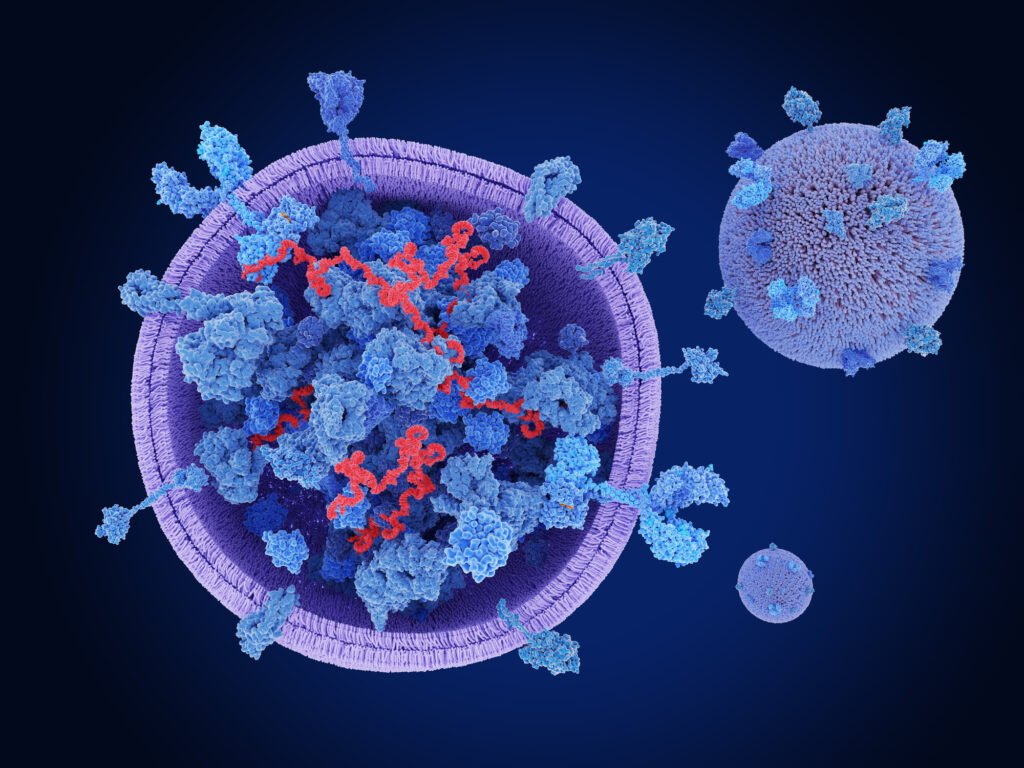The tendon-bone junction (TBJ) is a crucial area where tendons attach to bone, and it is particularly susceptible to injuries due to the mechanical stresses associated with muscle contractions and skeletal movements. Injury to the TBJ can lead to significant challenges in restoring the complex tissue structure, often resulting in a higher likelihood of re-tear. Recent research has provided insights into effective treatment strategies for TBJ injuries, which could pave the way for improved healing outcomes.
In a study conducted by Mingyang Gao, Piqian Zhao, Junhui Xing, Zhuolin Wang, Yingjie Xu, Yurong Yan, Hongtao Zhang, and Jing Qu from Soochow University, a rabbit model of tendon-bone injury was established. The researchers assessed two different fixation techniques: interference screws and suture anchors. Biomechanical testing revealed that the maximum tension and strength of the TBJ were superior when treated with interference screw fixation. However, the histological and immunohistochemical analyses indicated that suture anchor fixation led to greater tissue regeneration and an increased expression of cartilage markers at the injury site.
One of the most promising aspects of this research was the development of Gelatin Methacryloyl (GelMA) encapsulated with exosomes derived from mesenchymal stem cells (GelMA-exosomes). This innovative approach showed a consistent and stable release of exosomes, which are known to play a role in cellular communication and tissue repair. The combination of GelMA-exosomes with either fixation technique significantly enhanced the healing process for tendon-bone injuries. The underlying mechanisms appear to involve the promotion of cellular proliferation as well as the modulation of inflammatory responses. The treatment was associated with a decrease in pro-inflammatory factors such as IL-1β, IL-6, and TNF-α, while simultaneously increasing the expression of anti-inflammatory factors like IL-10 and TGF-β.
These findings suggest a viable therapeutic strategy that could significantly improve the healing of tendon-bone junction injuries. By harnessing the regenerative properties of mesenchymal stem cell-derived exosomes in conjunction with established fixation methods, the potential for enhancing recovery and reducing re-tear rates is promising. As the study highlights, further research into these combined approaches could lead to more effective treatments for individuals suffering from TBJ injuries, ultimately improving their quality of life and functional outcomes.
This groundbreaking work underscores the importance of interdisciplinary research in advancing our understanding of injury repair and regeneration, and it opens new avenues for future clinical applications in orthopedic medicine.


